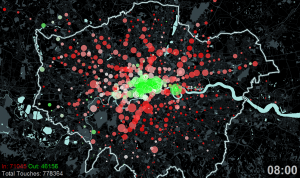
ABM & Elections
Ever wondered if agent-based models have been applied to look at elections? I recently came across a nice little NetLogo model by Michael Laver which is part of the book “Party competition: an agent based model” (2012). This simple model allo…
Continue reading »










